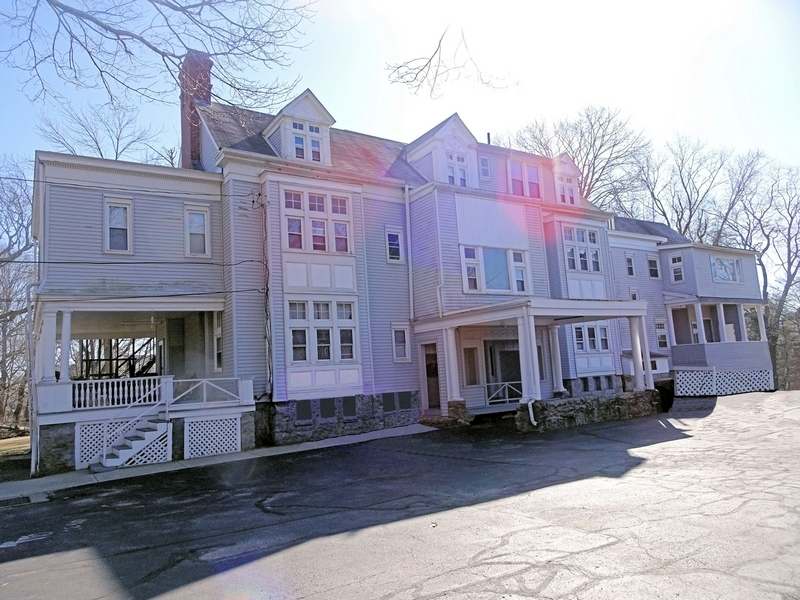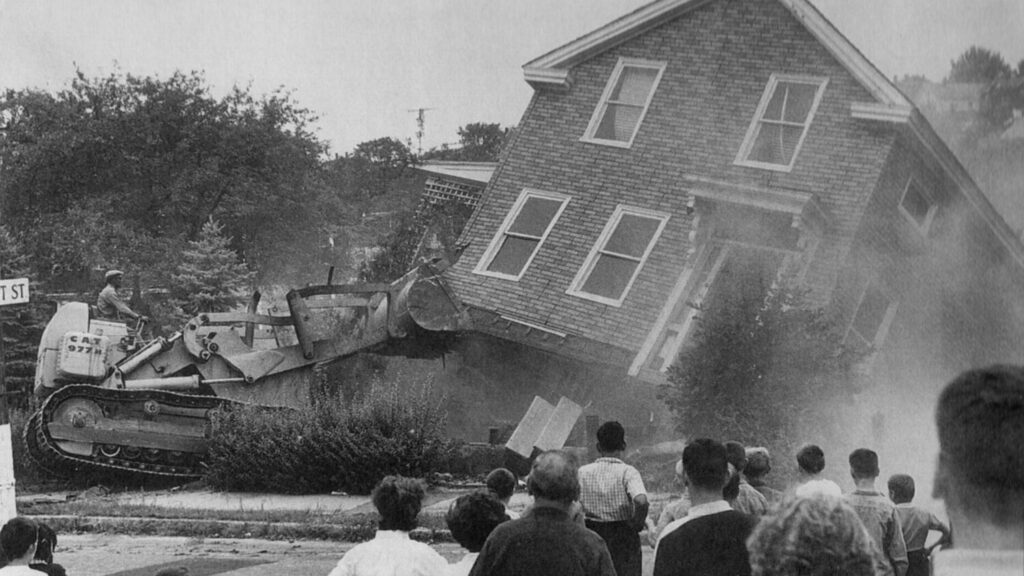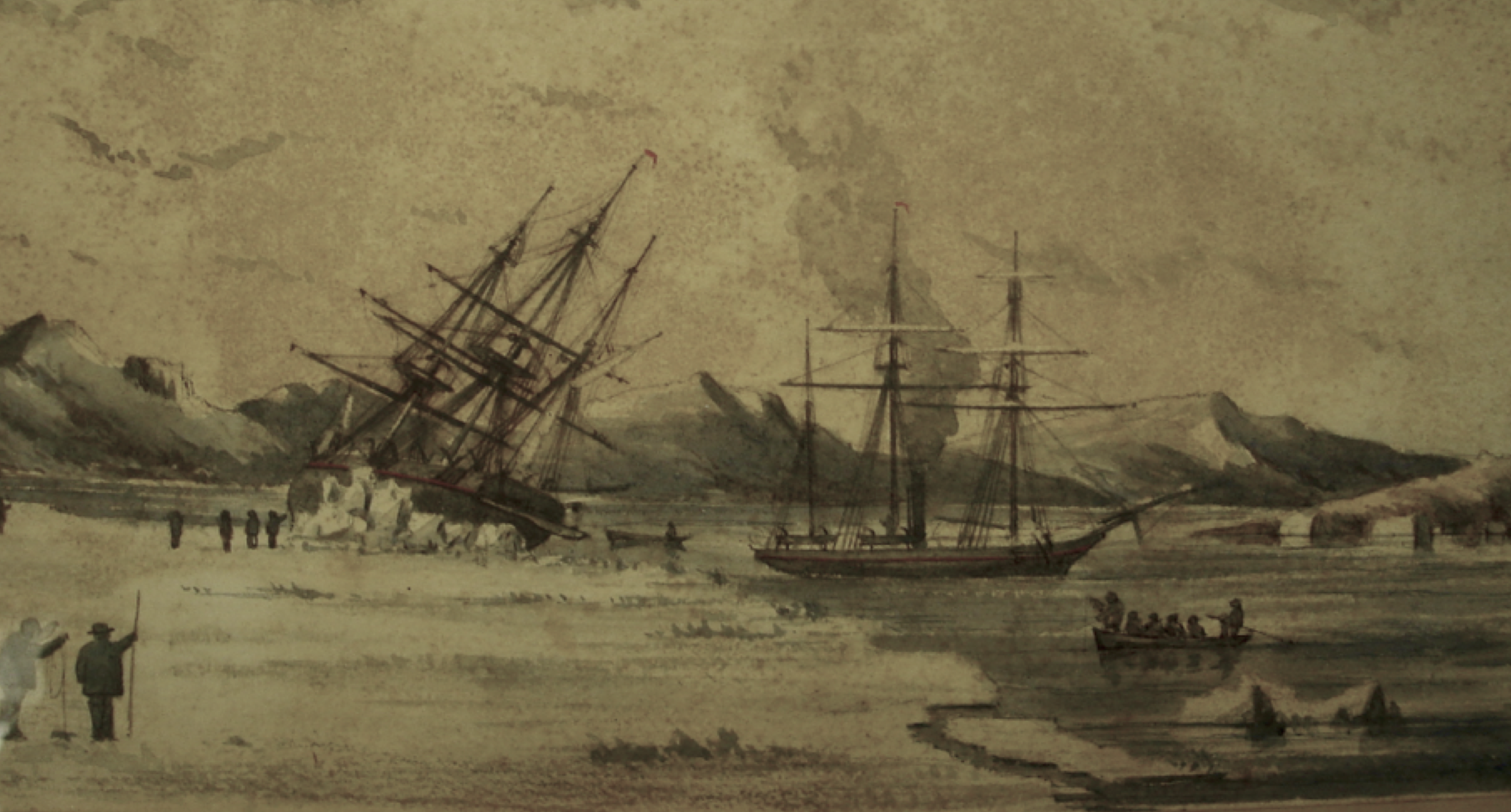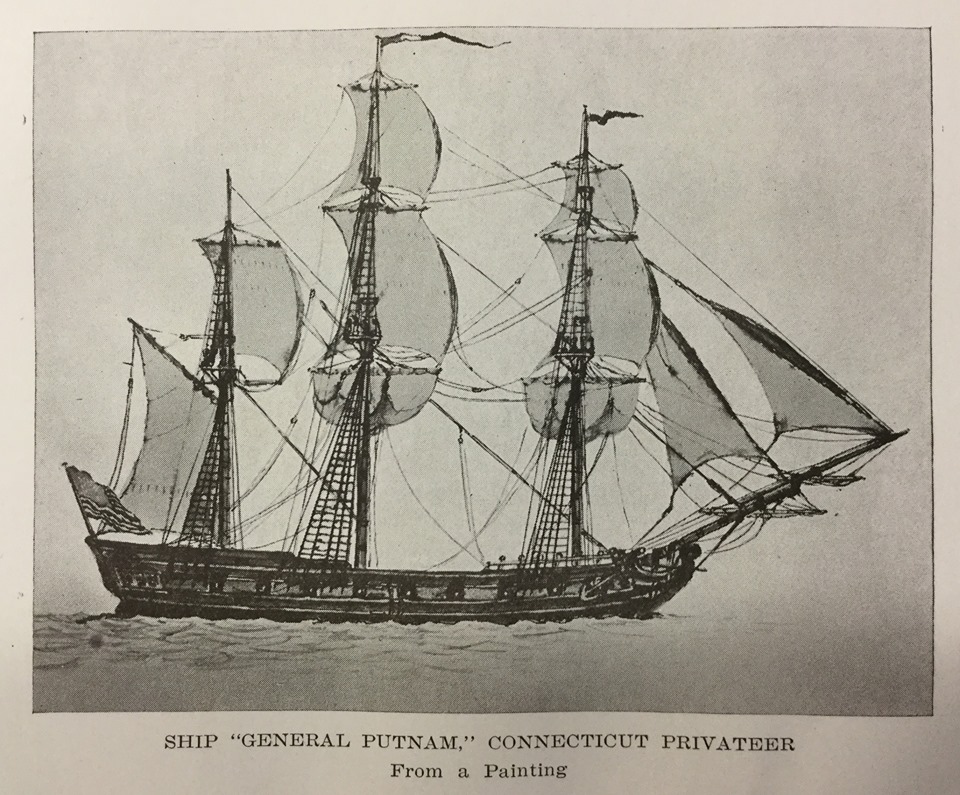 Document authorizing back pay to the crew of the Spy for her service on the Paris mission.
Document authorizing back pay to the crew of the Spy for her service on the Paris mission.
Captain Robert Niles filled the canvas bag with his orders and correspondence, then added some lead shot and cast it into the sea. For seven hours Niles and his schooner Spy, attempted to elude the Channel Island privateer brig Bazley commanded by Noah Gautier. Bazley appeared on the horizon off the coast of France on the morning of August 29, 1778, and Niles ordered his smaller Connecticut vessel to flee. Sadly high seas and a favorable wind gave Bazley the advantage and Spy was captured. The only solace for Niles was his capture came after he delivered two ratified treaties, the Treaty of Amity and Commerce and the Treaty of Alliance, to the American commissioners in France.
Instead of being imprisoned, Niles and two of his crew mates were placed aboard a Dutch ship which delivered them to a French port. Once there they awaited any vessel bound for the United States to take them home. Some historians believe Niles bribed Gautier for this special treatment, but there is no evidence to support that theory. As for the remainder of his crew, they were pressed into the service of His Majesty as sailors on the frigate HMS Seaford. Gautier placed a prize crew aboard the Spy with orders to sail her back to the Jersey Islands where she met the fate of all privateer captured vessels. Spy and her cargo were sold at auction, and the money earned was divided into shares for the Bazley’s crew, captain, ship owners, and voyage investors.
Born in Groton on September 2, 1734, Niles spent his early life on the family farm. At the outbreak of the French and Indian War, Niles enlisted in militia service as a clerk and rose to the rank of Lieutenant. After the war he relocated to Norwich with his wife and children to begin a career commanding merchant ships. Niles proved to be a talented captain, making him much sought after by local merchants. However, he was most often employed by Nathaniel Shaw Jr, and his friend Christopher Leffingwell. Both Shaw and Leffingwell were heavily involved in the naval war effort during the American Revolution. Shaw was the Continental Agent and Leffingwell was an assistant agent. Considering his maritime prowess, coupled with influential friends and prior military service, it is not surprising that Niles was offered a command when Trumbull ordered the formation of a state navy.
For his part, Niles was not considering naval service. At the outbreak of the war, Niles and forty seven Norwich residents petitioned the Connecticut Assembly to form the Norwich Light Guard Militia, however the Assembly rejected the request. Colonel Edward Mott at Fort Ticonderoga wrote Governor Trumbull asking that Niles command a gunboat on Lake George to defend the fort. Trumbull denied that request. Instead, at the urging of Christopher Leffingwell, Niles was tasked with the capture the brig Nancy. Nancy was a loyalist merchant ship that drifted into Stonington harbor. An armed sloop was placed under his command and Niles took the vessel with ease. When the Nancy struck her colors she became the first British ship captured by an American vessel. Nancy held 19,000 gallons of molasses which, along with the ship, were sold at auction. The money was used to support the Continental Army.
In 1775, under the direction of the Governor and the Connecticut Council of Safety, the schooner Britannia was purchased in Stonington and renamed Spy. The Spy was sailed to Norwich and fitted out for service, with Niles as the uncontested choice to be her captain. As the captain, it was his responsibility to see Spy ready for service. In Norwich she was properly rigged and armed with a dozen blunderbusses purchased from Nathaniel Shaw Jr., and Niles was given £100 to provision and crew her. A few days prior to her departure, half a dozen four pound canon were put in place and 150 pounds of powder was loaded aboard. During the process of outfitting Spy, Niles twice wrote Governor Trumbull asking for more money. Trumbull agreed and provided £300 more to ensure Spy was ready for duty.
Niles’ orders were simple. He was directed, “to seize and bring into port any provision vessel or vessels which she may be able to discover and take, in or about the harbor of New London, offing, or sound, bound to sea and the same hold or detain,” Additionally Spy was to gather intelligence during her cruises and report findings to the Continental Congress. In October of 1775 Spy was sent to capture the Loyalist
ship Peggy out of New York bound for Falmouth, laden with pig iron, staves, and wheat. Niles succeeded in his mission and Peggy was sailed to Norwich to keep her from the enemy.
Over her entire career the Spy captured eight enemy vessels, gathered a vast amount of intelligence on British ship movements in Long Island Sound, obtained goods and materials for use by the state of Connecticut, and delivered supplies to the Continental Army. Her sphere of operations expanded from New London harbor and Long Island Sound to include the coastal waters of Maryland and Virginia. Niles excelled at every mission assigned to him. Unlike other Connecticut ship captains, he decided against commanding privateers. He preferred supporting the war effort in Connecticut state navy.
The last ship captured by the Spy with Niles as captain was the Dolphin. After this prize was deemed legal, the state of Connecticut purchased Dolphin and put her into service with Niles in command. Zebediah Smith, first mate of the Spy, was promoted to captain, and both ships were ordered to the West Indies where they were to trade ivory for iron. Prior to departure, however, Governor Trumbull received a request from the Continental congress. The Treaty of Amity and Commerce and the Treaty of Alliance with France had been ratified. The Governor was asked to provide a vessel to carry Congressional dispatches and copies of the treaties to the American commissioners in France. Trumbull agreed and the Marine Committee returned Niles to the Spy and gave him the mission.
Early in June of 1778 the Spy left Stonington harbor and sailed for France. Niles managed to elude British ships and made the difficult crossing to in twenty-two days. However his arrival in Brest was just the beginning. The American commissioners were in Paris and that meant three hundred and sixty miles stood between the captain and the completion of his mission. Niles left the Spy and journeyed south. Five days later congressional dispatches and copies of the ratified treaties were in the hands of the American commissioners. After discharging his duty, Niles met with other dignitaries where he was charged with their letters and gifts to deliver home. When he returned to Brest, he began loading Spy with cargo purchased to support the war effort and made ready to be underway.
In a letter to Benjamin Franklin, dated August 6th, Niles announced is intent to depart immediately. The next letter Franklin received came on October 27th. In it Captain Niles detailed the capture of his ship, his interrogation by the Admiralty Court on the Jersey Islands, and his release to Bordeaux France. Franklin used his influence to provide Niles with the means to secure funds for a return trip home. The captain managed to find passage on a Merchant ship bound for the United States. Ironically that ship also fell victim to privateers.
Once again Niles was detained on the Jersey Islands. While under arrest, he was not imprisoned, but appeared to have parole to move about the island. In his correspondence, Niles describes how well he was treated by his captors. As before, he managed to affect a transfer to France in January of 1779. This time he found himself in Nantes, were he resided until he obtained the funds to pay for a trip home. Franklin continued to work on Niles’ behalf and with the help of a French banker, the captain was given the money and arrived home on the 17th of July.
The mission to France was the last military mission he undertook. Captain Niles returned to the sea and merchant vessels after the war. The last command of his career was the Juno A packet carrying mail and passengers between Connecticut and New York. He was active in Norwich as a selectmen and retired from the maritime world in 1800, a man of 65 years suffering from all the infirmities obtained from a life at sea.
When his service in the navy was complete, he returned to Norwich to manage his affairs. Unfortunately while he was stranded in France he accrued significant debts. That coupled with his father’s death left him in difficult financial straits. He managed to collect the money owed to him by the state of Connecticut and the Continental Congress for his naval service. However it took three years and did little to alleviate his financial woes. In addition to money troubles, Niles saw much hardship with his family over the next few years.
A year after his return his oldest son Robert was lost at sea. Four years later his youngest son Frederick died. His daughter Mary was wed in 1786 and died shortly after in February of 1787. Then in 1796 Niles lost his wife Abigail, however the captain persevered amid all his loss.
A year after his wife’s death, Robert Niles married Polly Fitch of Norwich. Sadly Polly died in 1799. By 1802 Niles had married once again. This time it was Hannah Brown, the widowed sister of Polly Fitch. Hannah had children of her own, and Niles took them into his home. At the age 71 Niles became the father of a baby girl who was called for her mother Hannah, bringing him some joy in his later life.
Sadly Captain Niles did not enjoy a prosperous retirement. His meager savings was depleted when he loaned his step son the money to open a carriage factory. Illness and economic downturns closed that business by 1808. Niles was responsible for debts due and was forced to petition for bankruptcy. His petition was granted in 1809. His wife died a year later and Robert moved in with his daughter where he lived for the remainder of his days.
Forgotten Patriots is a Series of articles written by Steve Manuel, our Executive Director.




